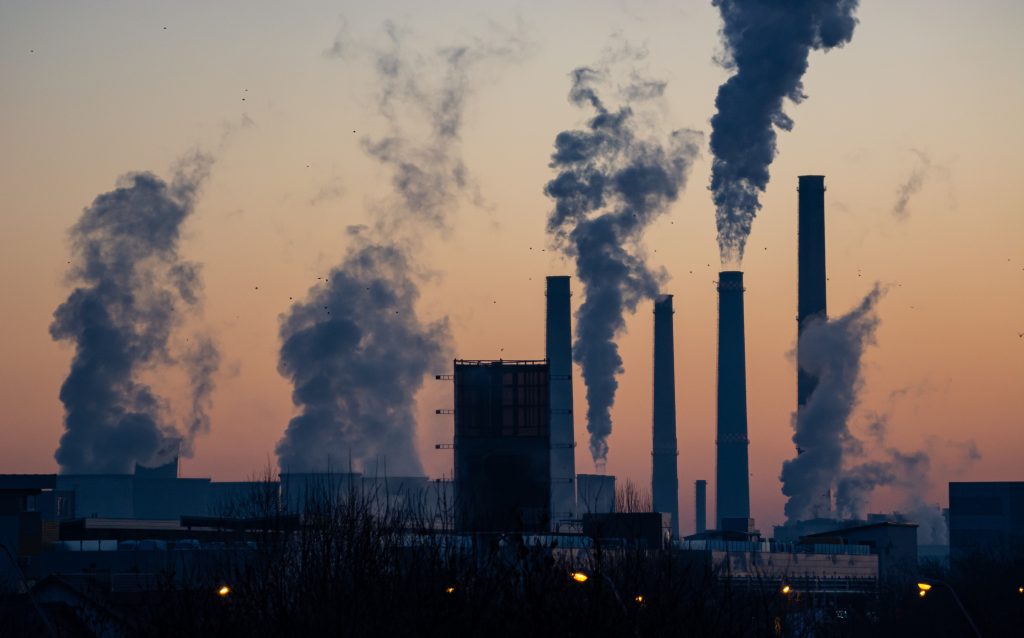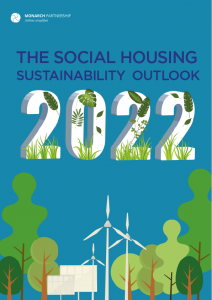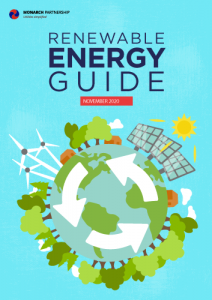In June 2019 the UK was one of the first major countries to pledge to reach net zero emissions by 2050. We look at how carbon offsets work and how they can help in achieving this goal.
In 2018, net emissions of carbon dioxide in the UK were approximately 364.1 million tonnes, making up 81% of all greenhouse gas emissions. This is why terms like net zero and carbon neutral are often used interchangeably. In reaching carbon neutral we’ll be within arm’s reach of achieving net zero.
Whilst reducing 364.1 million tonnes to zero may seem impossible, net CO2 emissions in the UK fell by 38.6% between 1990 and 2018. There’s no denying this isn’t as drastic a reduction as we need it to be. However, evolving technology in mitigation and decarbonisation methods are set to accelerate the trajectory towards net zero moving forward.
Of course, this will require drastic measures taken in every sector of the economy. But first, we look at some commonly used terms and what they mean.
What does net zero mean?
Net zero refers to reducing all greenhouse gas emissions to as close to zero as possible. Greenhouse gases include methane, nitrous oxide, fluorinated gases and carbon, and are known to trap heat and cause global warming.
Carbon neutral means balancing the amount of carbon dioxide (CO2) released into the atmosphere with the amount absorbed. CO2 is the predominant greenhouse gas causing global warming and so achieving neutrality is crucial in reaching net zero. Fossil fuels and deforestation are the highest emitters of CO2.
Carbon negative means capturing more carbon than is being released into the atmosphere. This is hoped to reverse climate change over time, and in the short term, make the path to net zero faster.
When and why are carbon offsets used?
Energy efficiency, clean energy usage, and sustainable business strategies can be very effective in reducing an organisation’s emissions. But there are various scopes to the greenhouse gas emissions that organisations must consider.
- Scope 1: Direct emissions from company operations such as company vehicles or factories
- Scope 2: Indirect emissions from company operations such as purchased electricity generated by fossil fuels
- Scope 3: Indirect emissions from company supply chains such as shipping, business travel, and raw material extraction
Unfortunately, completely eliminating carbon emissions through mitigation methods is not always possible. This is where carbon offsetting comes in.
In some cases, a company’s scope 1 emissions are too high and because of the nature of the business, cannot be drastically reduced through mitigation. A good example of this would be a large oil company like Shell, which invests heavily in carbon offsetting schemes.
Other companies are able to reduce their scope 1 and 2 emissions through energy efficiency and adoption of clean energy procurement or onsite generation. They can use carbon offsetting to reduce their scope 3 emissions caused by things like employee commuting which proves harder to mitigate.
How do carbon offsets and credits work?
Every tonne of emissions reduced by an environmental project creates one carbon offset or carbon credit. Companies can invest in these projects directly or buy the carbon credits in order to reduce their own carbon footprints.
Carbon credits are tradeable on the market and can be controversial in how easy they are to attain. However, the concept is the same: a company is more or less investing in a green project in order to balance their own emissions.
There are two types of carbon market where credits can be attained, the regulatory compliance and the voluntary markets. The compliance market is used by companies and governments that have to account for their emissions by law. The voluntary market is mainly for the private sector and is driven mostly by corporate social responsibility and public relations.
There are four main types of offsetting projects:
Forestry and Conservation: this includes reforestation, land restoration, forest protection and sustainable agriculture and is popular on the voluntary market.
Renewable energy: this includes clean energy technologies such as wind and solar power.
Energy efficiency/community projects: this includes bringing improved cookstove technology or safe drinking water to communities in need.
Waste to energy: this includes anything from biomass to capturing methane emissions from a landfill and using it for clean power generation
Why is Carbon Offsetting controversial?
Some would say that carbon offsetting can be used as a smoke and mirrors act by companies who have no intention of making their corporate behaviour greener. While the trading of carbon credits does open the door to this type of behaviour, the demonisation of offsetting isn’t helpful either. As a report from Britain’s National Consumer Council and Sustainable Development Commission puts it, “a positive approach to offsetting could have public resonance well beyond the CO2 offset, and would help to build awareness of the need for other measures.”
It is important that steps be taken to reduce your carbon footprint as much as possible before considering carbon offsets. Carbon credits should certainly not be used to buy an organisation a clean conscience or create a mirage of sustainability for consumers and/or clients. Carbon offsetting is a valuable tool that, when used to supplement a company’s mitigation efforts, creates a genuinely sustainable and resilient foundation.
At Monarch, we believe in a holistic approach to reach net zero. We offer comprehensive energy and carbon services to help reduce our clients’ carbon footprint in a sustainable way that ensures long-term success. Our team of experts can help advise on energy efficiency, clean energy solutions, monitoring and mitigating carbon emissions, and carbon offsets.
To learn more about our services contact us at Monarch.


















